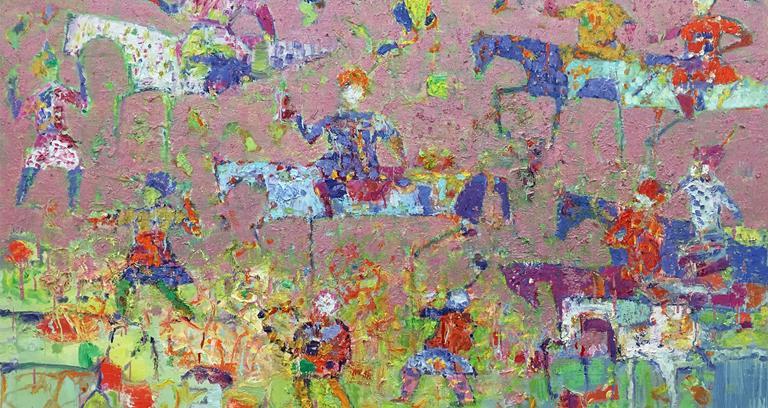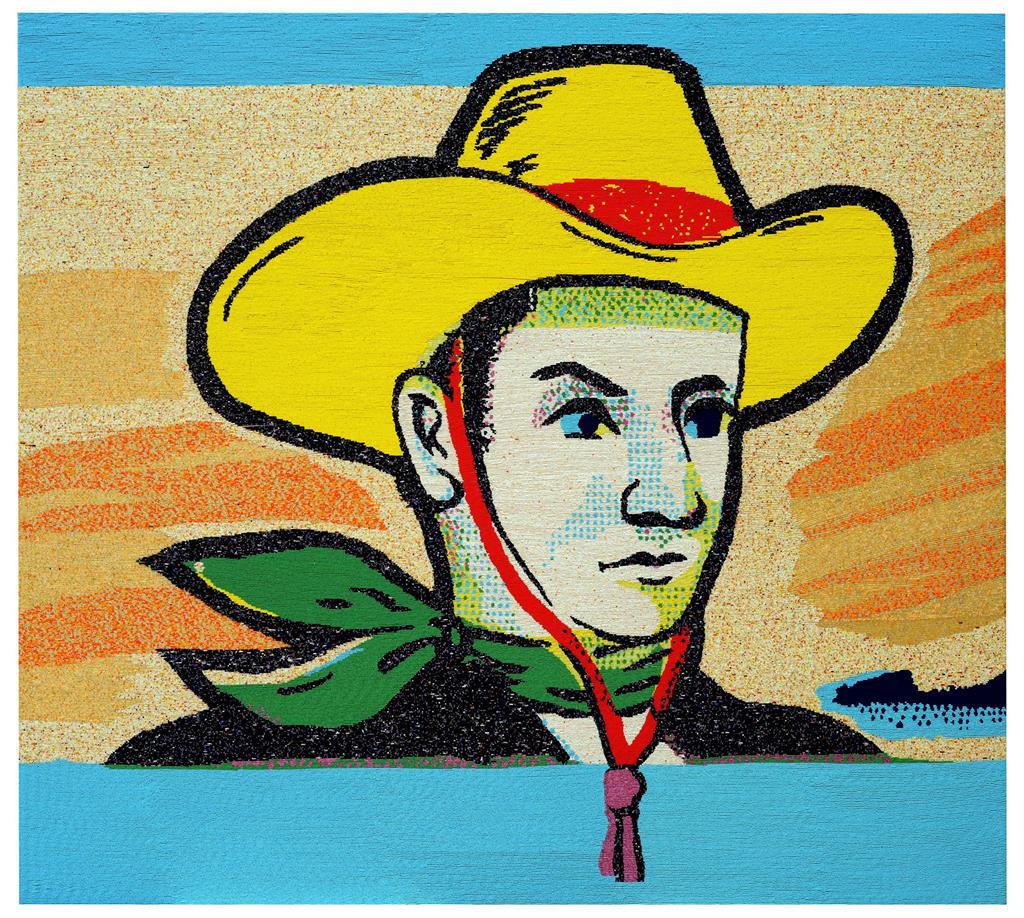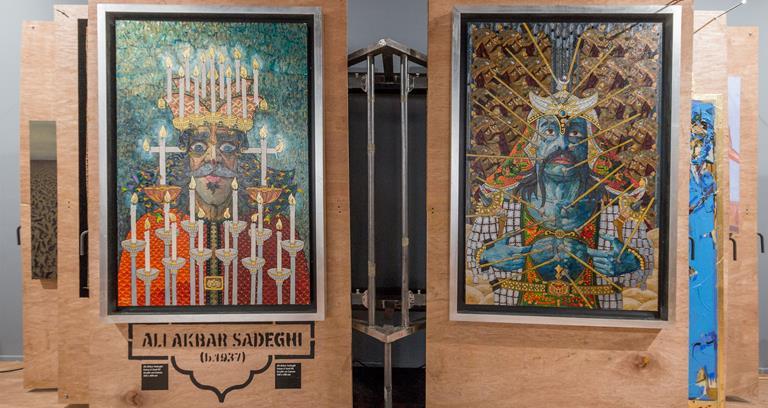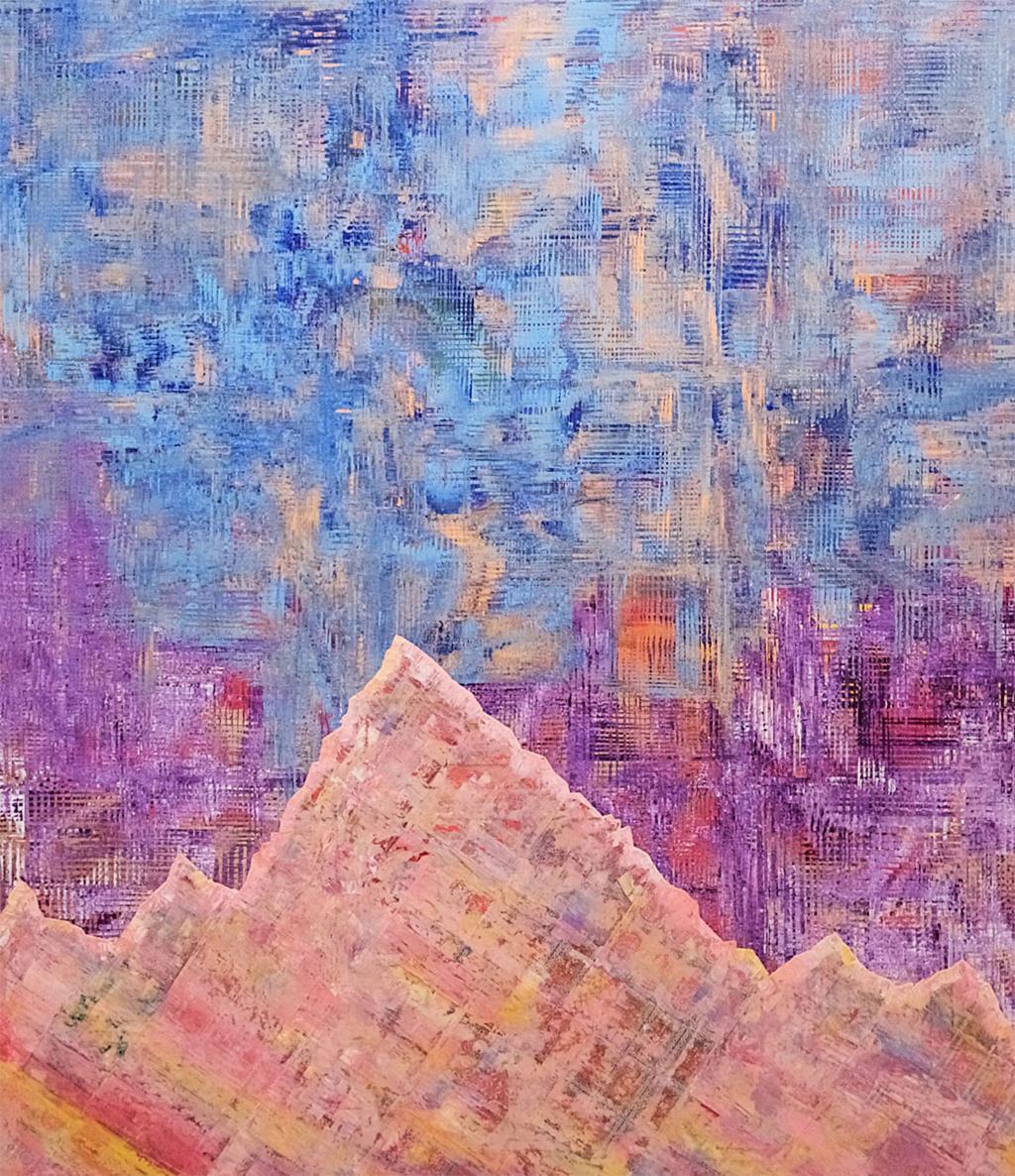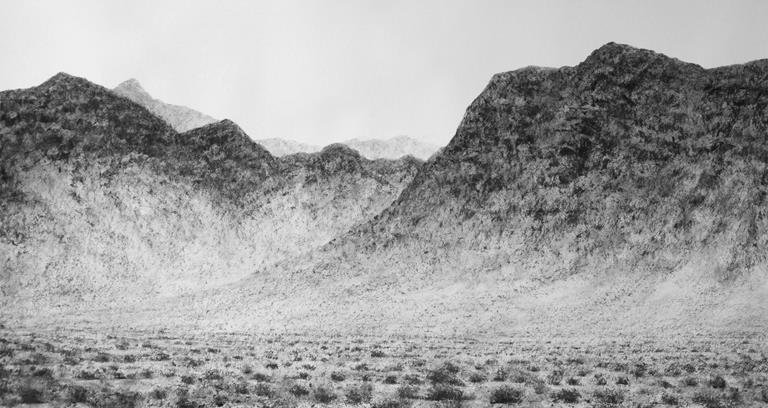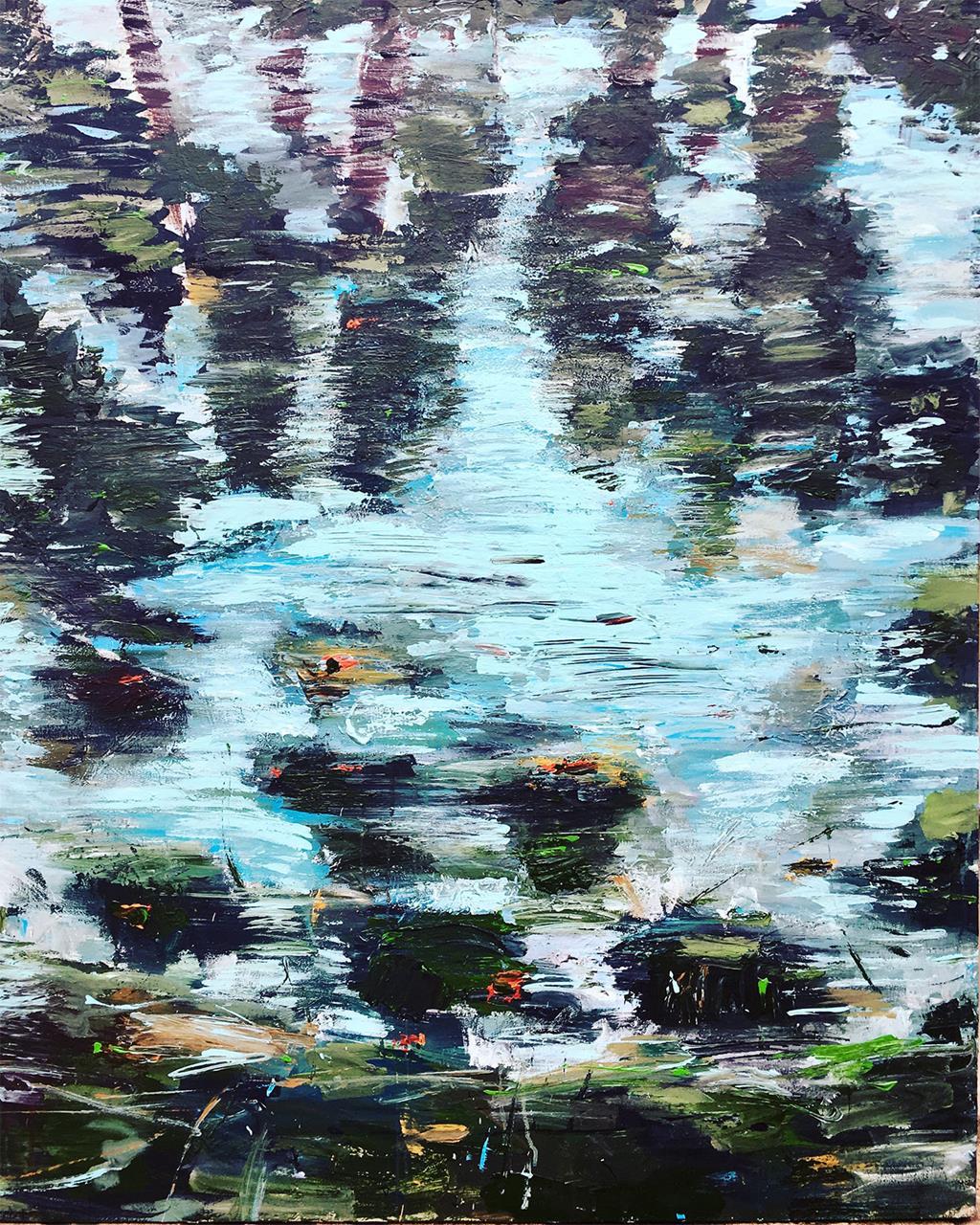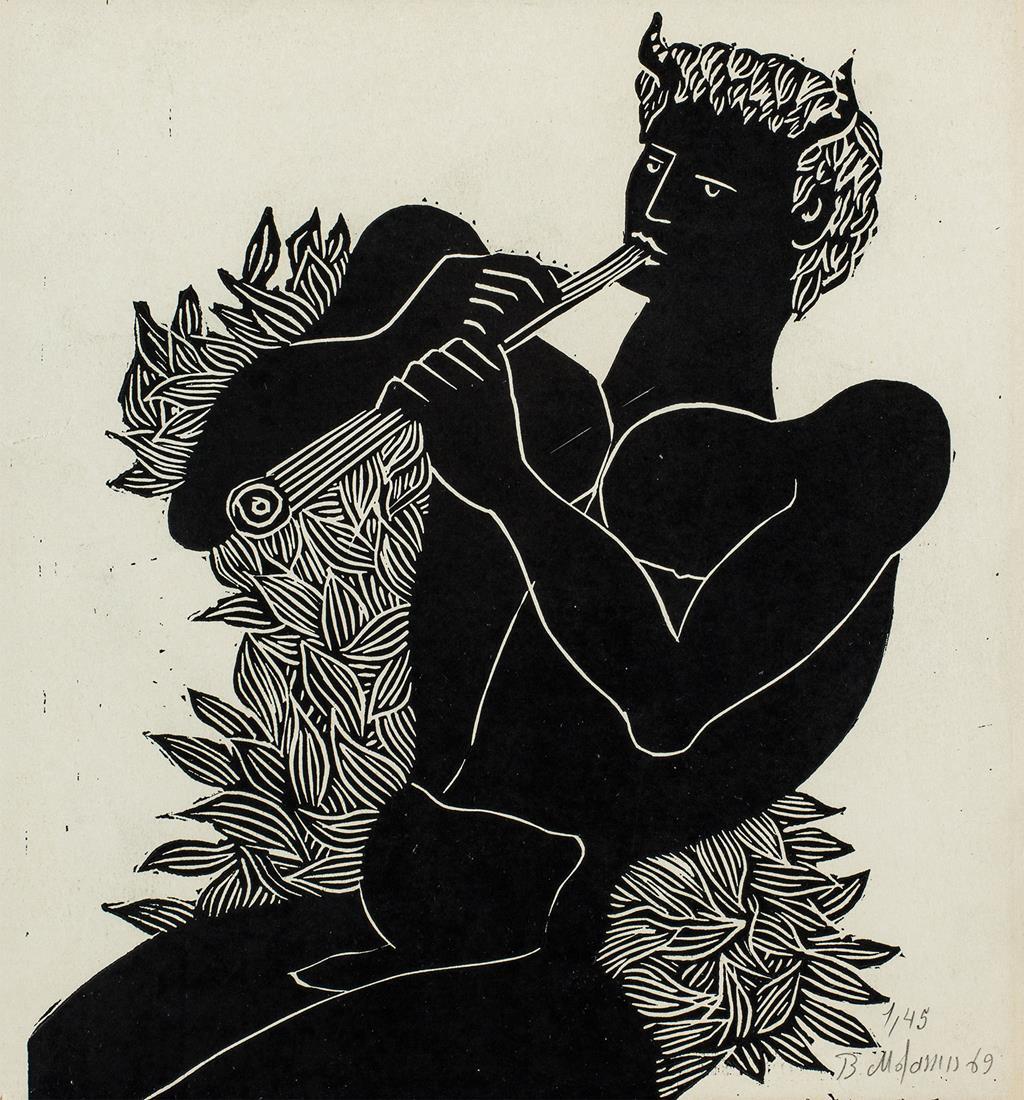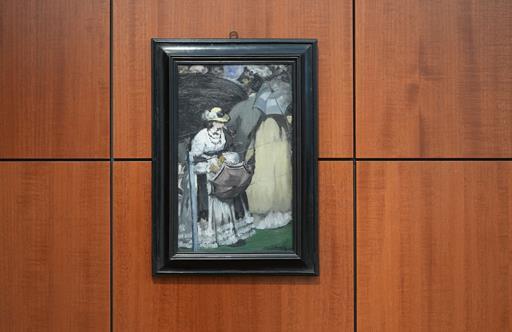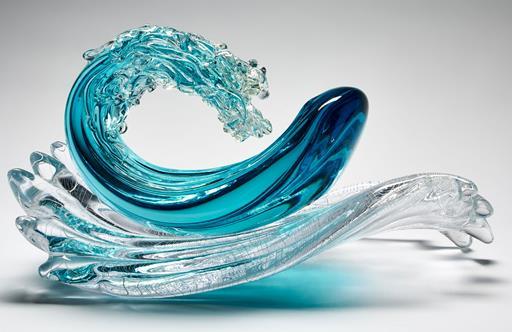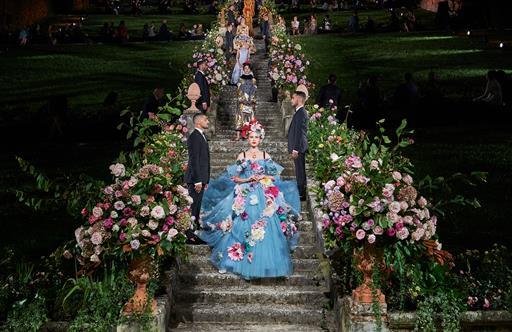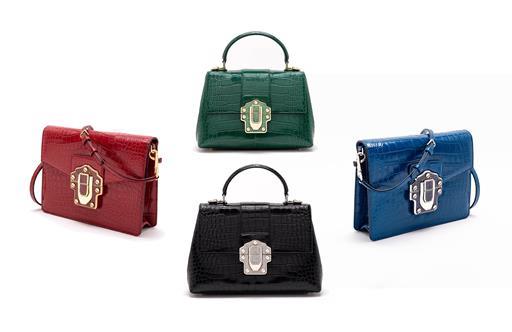Persian Promise
With a centuries-old artistic heritage, a flourishing diaspora and undeniable international momentum, contemporary Iranian art is on a trajectory like no other
Art openings in Los Angeles often boast star-studded guest lists, but the May premiere of the Los Angeles County Museum of Art’s exhibition of Iranian pieces was notable for its absences. All the Iran-based artists were unable to attend, due to the political realities of the day.
And yet the opening was buzzing: artists who had left Iran or were born outside the country were mingling with collectors and patrons, a number of them influential in the city’s growing contemporary-art scene, all the while the flashbulbs flickering in the background.
Such is the story with Iranian art round the globe: whatever the political pitfalls, they are almost always overshadowed by the artwork and by the artists, gallerists and collectors in the diaspora who are raising the profile of contemporary Iranian art to new heights.
“The Iranian art market has grown into the strongest market in the Middle East in the past 20 years,” says Vassili Tsarenkov, co-founder of Sophia Contemporary, a London gallery that exhibits several Iranians, including Reza Derakshani, among its stable of rising artists. “The reception for their works in London has been very positive,” he says of the Iranians, and as if to prove his point, Cama Gallery opened this spring about ten minutes’ to the south, a gallery dedicated exclusively to Iranian artists and whose first exhibition, Sensation, lived up to its name.
Cama co-founder Riley Frost says artists in Iran have been struggling to find ways to show their work abroad, in part because of banking regulations, and that Cama, which has locations both in Tehran and London, strives to be “an Iranian gallery in London rather than a gallery in London with Iranian art”.
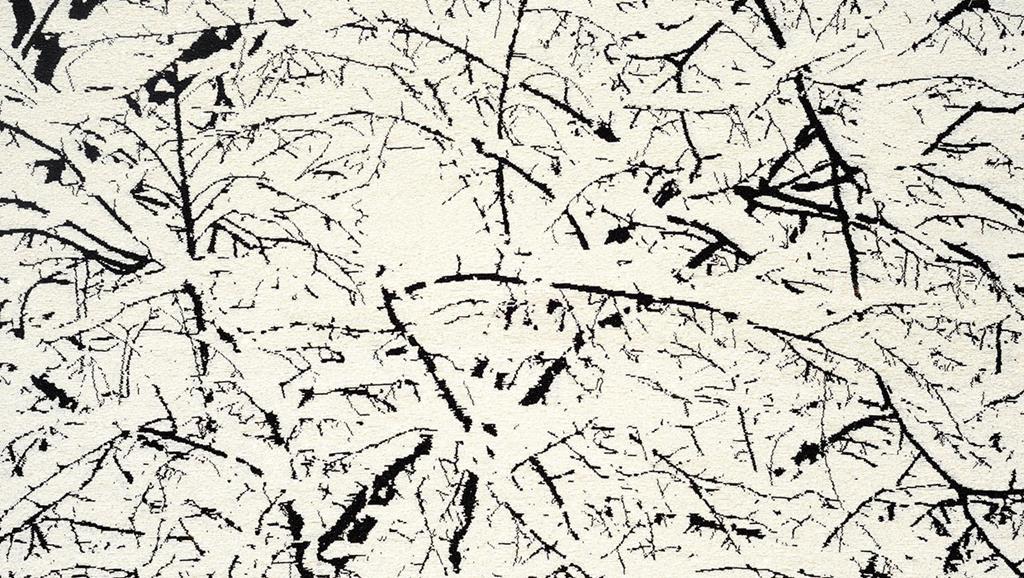
Farhad Moshiri First Snow 3D | Credit: The Third Line
“It’s hard for us in the West to understand just how much art is being made in Iran,” says Frost, “because there is so little of it here, relatively speaking.” Tsarenkov agrees: “From a handful of galleries in the 1990s, there are today more than 300 galleries showcasing contemporary Iranian art in Tehran alone.”
It’s a dramatic transformation, but not an unprecedented one. “With an art tradition dating back thousands of years, Iran is home to many unexplored talents,” says art advisor Arianne Piper, who specialises in emerging markets and curated a 2009 exhibition in London, Made in Iran, which opened many Western eyes to our current transformative moment in Persian art.
“Over the last few years there has been reignited interest in the Middle Eastern art scene thanks to a number of both institutional and market-related factors,” she notes.
The biggest development has been the ability of Iranian artwork to leave the country. Where once there were few Iranian artists and no Iranian galleries at the world’s major art fairs, now they form one of the fastest growing contingents, which is true, perhaps more than anywhere else, among market-leading gallerists.
Emmanuel Perrotin, for instance, held a solo show in New York in late 2017 for Neo-Pop master Farhad Moshiri, whose already high stock continues to ascend – Thaddaeus Ropac put on a solo show of his work, First Snow, earlier this year in Salzburg. Or look to Gagosian, which this spring displayed the stunning portraits of YZ Kami in its flagship Paris gallery, the fourth solo exhibition the gallery has had for Kami.

Darvish Fakhr: Kerman (in progress) | Credit: Asia House
The changes afoot within Iran itself are equally notable. Last December, a permanent exhibition space opened for nonagenarian artist Monir Farmanfarmaian at the University of Tehran.
She’s the first woman in the country to receive her own museum and one of a fast-growing network of artists from Iran and the diaspora to be steadily rising in the international scene: her solo show at the Guggenheim in New York in 2015 drew rave reviews, and at London auctions in April of this year, pieces by her and by fellow Iranian Bahman Mohasses, called the “Persian Picasso”, sold for well above estimates, setting records for both.
Tehran-based galleries, too, are making a global splash. This year’s Art Basel Hong Kong was the first Art Basel event to host a stall from an Iranian gallery, Dastan. The burgeoning gallery also had a booth at the Dubai iteration of the event, at Frieze in New York last May and took pride of place at the inaugural TeerArt fair in June, which was the first attempt to create an international art fair in Tehran.
Museums around the globe, too, are taking advantage of increased access to Iranian art, with shows ranging from a recently completed Farhad Moshiri exhibition at the Warhol Museum in Pittsburgh to September’s Behjat Sadr show at the Mosaic Rooms in London as part of the gallery’s 10-year anniversary.
Two solo exhibitions earlier this year in the British capital – Darvish Fakhr at Asia House and Sassan Behnam-Bakhtiar at the Saatchi Gallery – were exceptionally well received, and a first-of-its-kind major exhibition, Contemporary Muslim Fashions, which opens in September at the de Young Museum in San Francisco, has piqued the curiosity of a number of museum directors about the drawing power of previously unexplored oeuvres – Persian high among them.
The past century is littered with artistic bandwagons that have come and gone, but very few have had a pedigree as strong as Iran’s, let alone the power of its diaspora and the decades of deep engagement with political issues.
Naturally, there are collectors who regard the trend with scepticism – especially those who have previously invested in Indian and Chinese art – but most signs point upwards for the Persian artist as they find their footing in the global scene.
